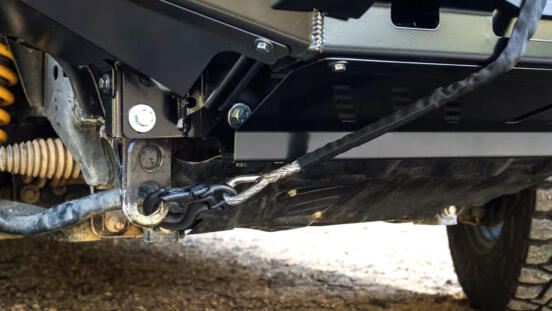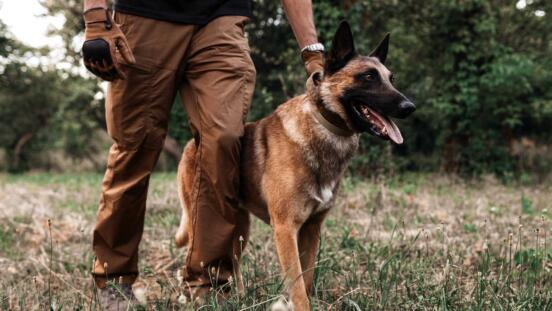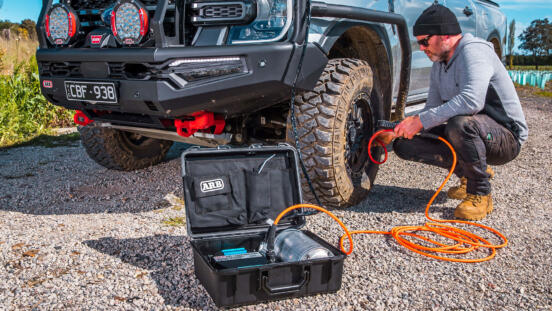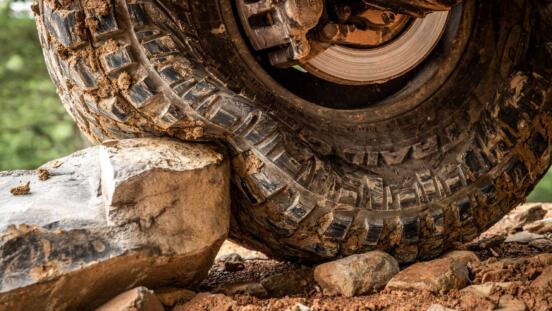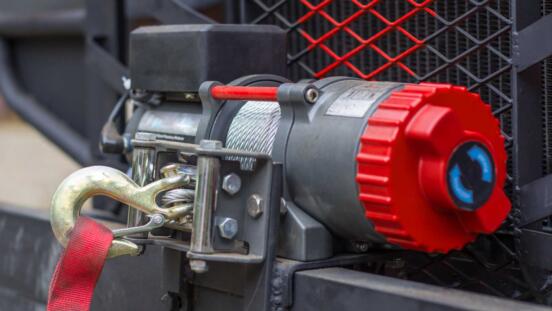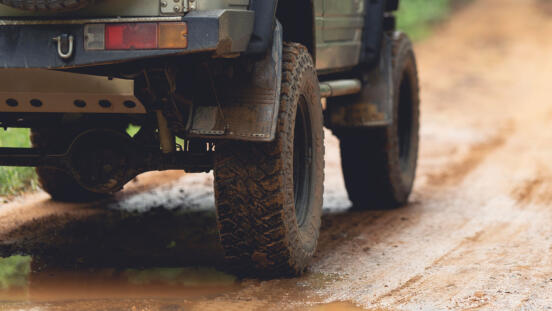
I know, I know, the “manual vs automatic” debate has been raging basically since the invention of the wheel, but bear with me… Users on Reddit, Twitter, and countless forums debate this back and forth, but too often these become arguments of personal preference with tenuous links to fact, or drift into comparing factors outside the scope of the topic at hand, rather than a constructive comparison of the two options.
In this breakdown we’re going to compare objective differences between the two as much as is possible, specifically in off-roading scenarios; not comparisons of fuel economy, not high-way towing, not 0-100km times (why do people keep comparing acceleration times of off-roaders? We all drive 2.5-3 tonne trucks, they’re slow, get over it).
In no particular order, here we go.
1) Strength, durability, and reliability
Whatever vehicle you drive, there is a finite amount of space that your transmission can occupy.
Modern automatic transmissions have been reliable for many years, but there is no escaping the fact that they are more complicated, and have more moving parts. Fitting more hardware in the same space can mean parts must be made smaller, smaller parts mean weaker parts.
Automatic transmissions also rely on electrical and hydraulic systems to react and change gears, adding additional components to potentially fail or be damaged. Under heavy sustained load, automatic transmissions without appropriate transmission cooling are also most likely to overheat.
Manual transmissions by contrast are much simpler, basically a pair of parallel shafts fitted with gears, that slide up and down to pair with the designed ratio. With fewer required parts, manual gearbox components can be made stronger, and provide less opportunity for failure when driven well (obviously if you’re a terrible manual driver crunching gears at every turn, you forfeit any promise of reliability).
Manual gearboxes also aren’t prone to overheating like automatic transmissions can be, and don’t require additional or upgraded cooling systems to prevent heat-related problems. They also require less general maintenance than automatics, making them cheaper to maintain.
In terms of strength, durability, and reliability, manual gearboxes are the winner (under a competent driver).
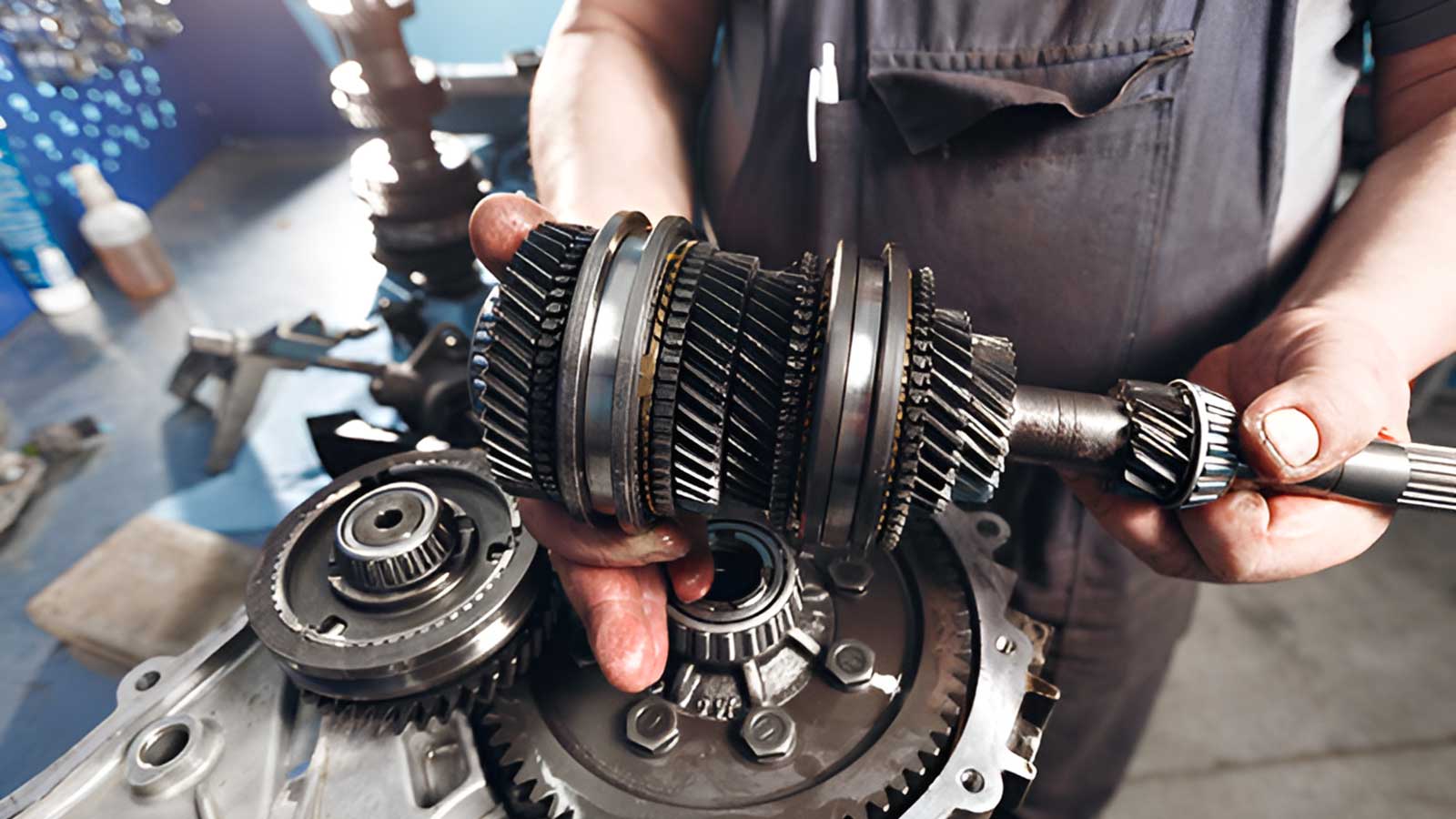
2) Control and precision
In difficult and technical off-roading, control is everything.
Use too high of a gear with insufficient torque, downshift too late as an incline steepens and you lose momentum, increasing the likelihood you’ll get stuck halfway up the hill. Running in too high of a gear during a descent, and your vehicle can run away from you increasing the likelihood of an accident and damage.
Back off the throttle too much while trying to crest a boulder or barrier, and you come thumping back down where you started. Too much throttle and you break CV joints, or bottom out on something as you jump over the top.
There are pros and cons to both when it comes to control, as manual and automatic transmissions outperform each other in different situations here.
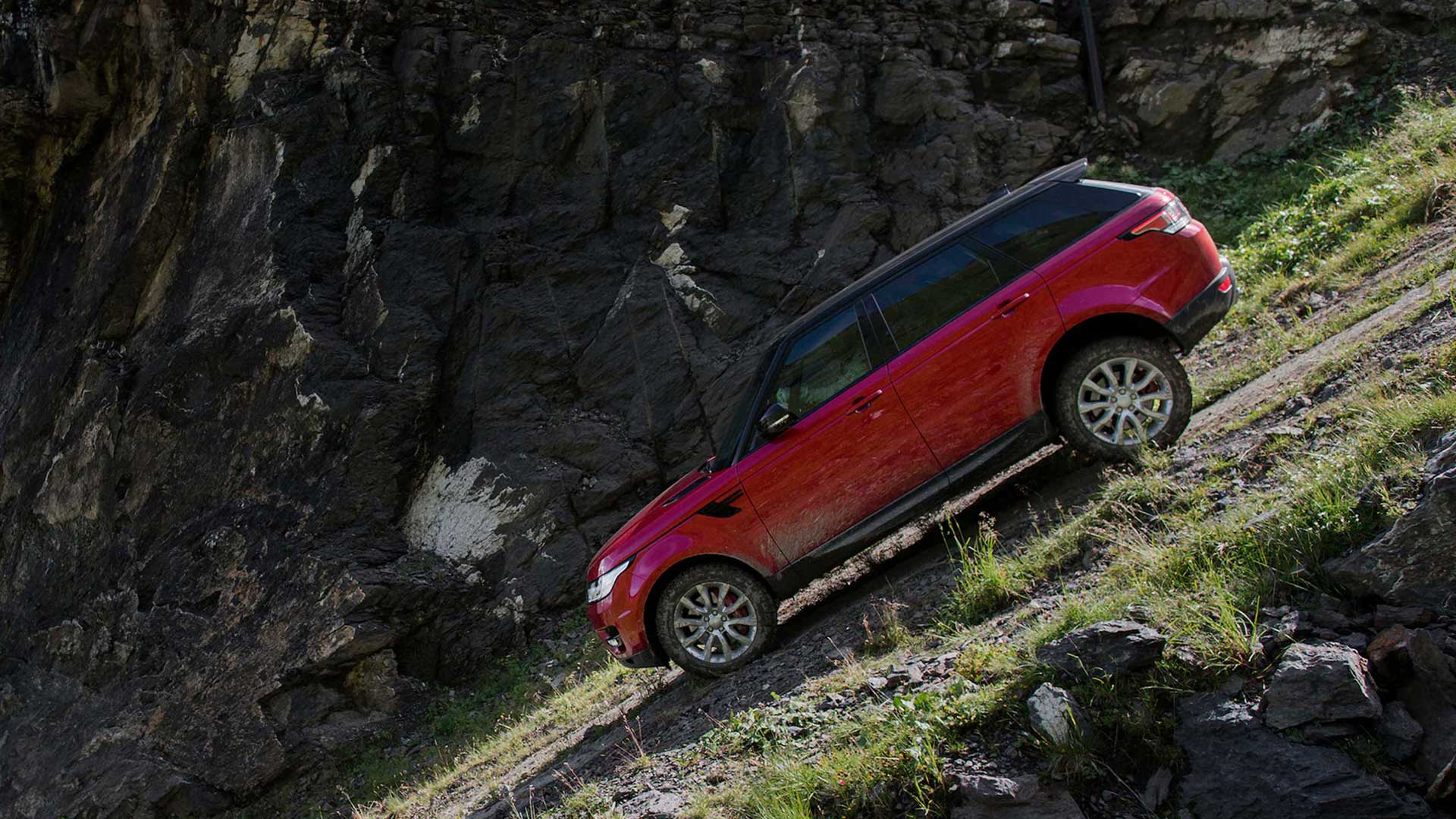
Image credit: mototrend.com
Downhill: Traditionally a manual transmission wins this hands down. In low-range first or second gear, you can just idle down a descent while engine braking does the work for you; all you need to do is steer.
When below a certain engine RPM, and at idle, an automatic transmission torque convert (or stall converter) is not fully engaged with the driveline. Rather a series of clutches are separated by fluid, and partially engaged. This is what causes an automatic car to creep forward when in drive if you’re foot is not on the brake, while also preventing the engine from stalling while you’re stopped.
An automatic will gain speed on a descent if not controlled by the driver braking. The need for braking can then result in lockups or slipping, and ultimately a less controlled descent.
While many modern automatic four-wheel-drives now come equipped with increasingly sophisticated electronic stability and hill descent features, ultimately these still rely on just braking. Models vary, but in general, these systems work by applying braking to individual wheels to make them rotate as slowly as possible without locking up. On paper, this sounds great, but in practice, it can be a clunky, loud, lurching experience that still has you rolling downhill faster than you might like. These systems also mean added expense, additional maintenance, and an additional possible point of failure.
I’m yet to see an automatic hill descent system that beats simply putting a manual in low range 1st or 2nd and idling down the hill, feathering the brakes a little if necessary.
Anywhere that slow, precise control for descent is required, you’d have to say that a manual is objectively the winner.
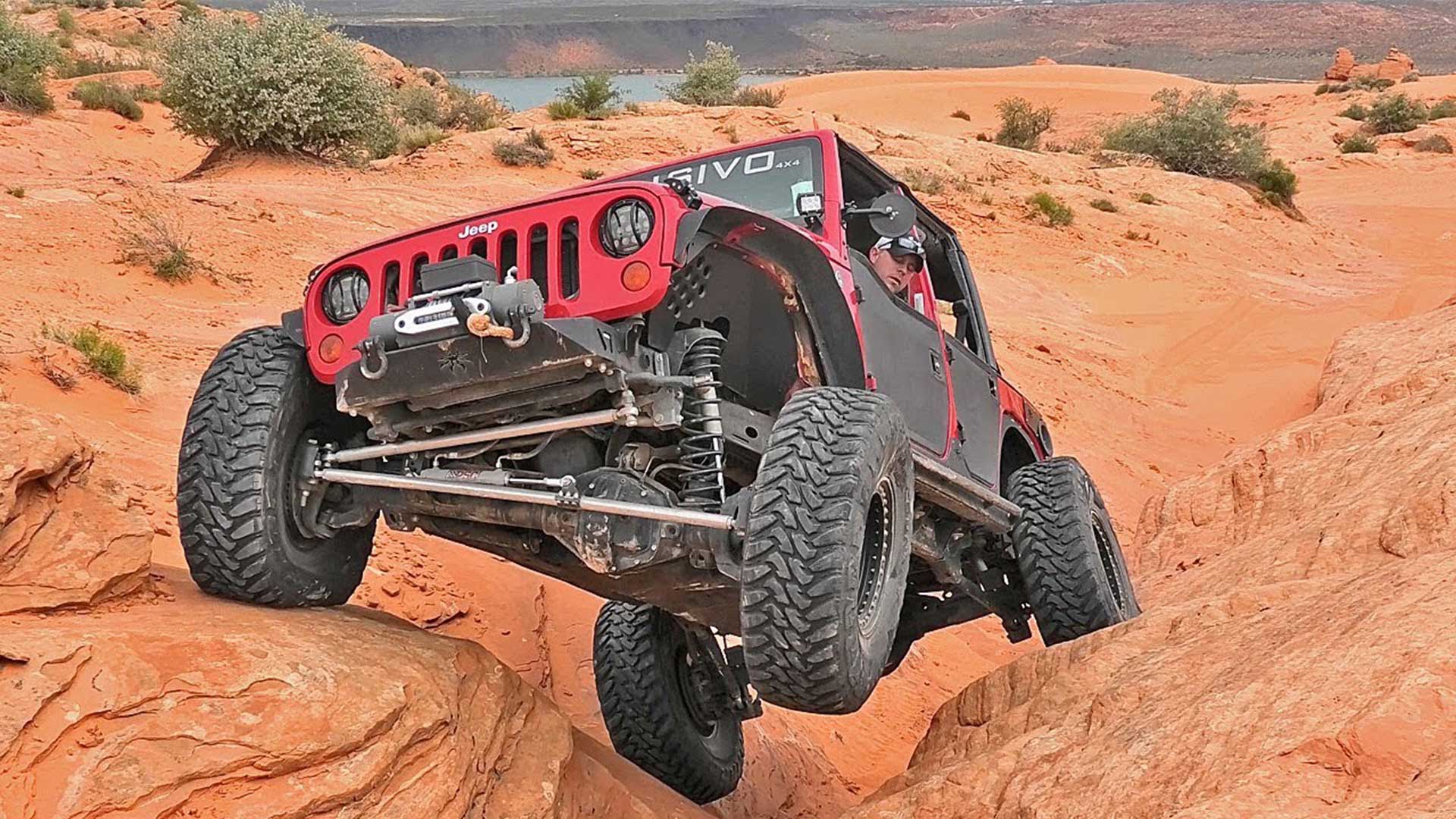
Image credit: Down2Mob
Uphill: On mild to moderately technical inclines, including steep inclines, automatic and manual are similar. Pick good lines, maintain a steady throttle, and you’ll reach the top.
Where an automatic can shine here though is rock crawling, mounting fallen logs, and other obstacles that you first have to climb up to get over. An automatic makes this easy by letting you touch up against the obstacle, and slowly increase the throttle until the sweet spot where the tires will smoothly climb over.
The same obstacles can be tackled in a manual, of course, but juggling the throttle and clutch introduces human error, and you can spend a few attempts bumping and bouncing until you get it right.
There’s certainly merit in having an automatic here.
3) Pre-emptive control vs consistent, but reactive control.
Regardless of your personal preference or how you’re weighing pros and cons, there’s one undeniable weakness for automatics; they can’t pre-empt what’s required, they can only react. An automatic transmission doesn’t know you’re approaching a steep hill, it can only downshift after the increased load is detected. This can make for some clunky transitions, loss of momentum, or acceleration surges.
In this sense, a manual technically offers optimum control; a driver can read the conditions ahead and shift to the appropriate gear exactly when required, as well as smoothly apply the required power delivery, especially at slow speeds. Being able to feather the clutch in a manual also provides additional fine control, compared to automatic which is limited to just more or less throttle.
On the flip side of this coin, the driver is now responsible for making all the right choices at all the right times, and no one gets this perfect. Every manual driver will get stuck at some point due to human error.
4) Sand, mud or snow.
Maintaining consistent power and momentum is key in driving on sand.
Accelerate too fast from a standstill and you’ll sink. Shift up too slowly while climbing a sand dune and the loss of momentum can cause you to get bogged when you re-apply the power. Automatic transmissions change gears fast and consistently, which can potentially make life easier on soft and slippery surfaces.
Automatics can excel when higher speed and uninterrupted momentum on low-traction surfaces like sand or mud are required. I would also cautiously put snow in this category, but with the strong caveat that driving on ice and snow is no joke; driving fast on ice can go really bad, really fast. Evaluate every scenario carefully, and if in doubt, don’t.
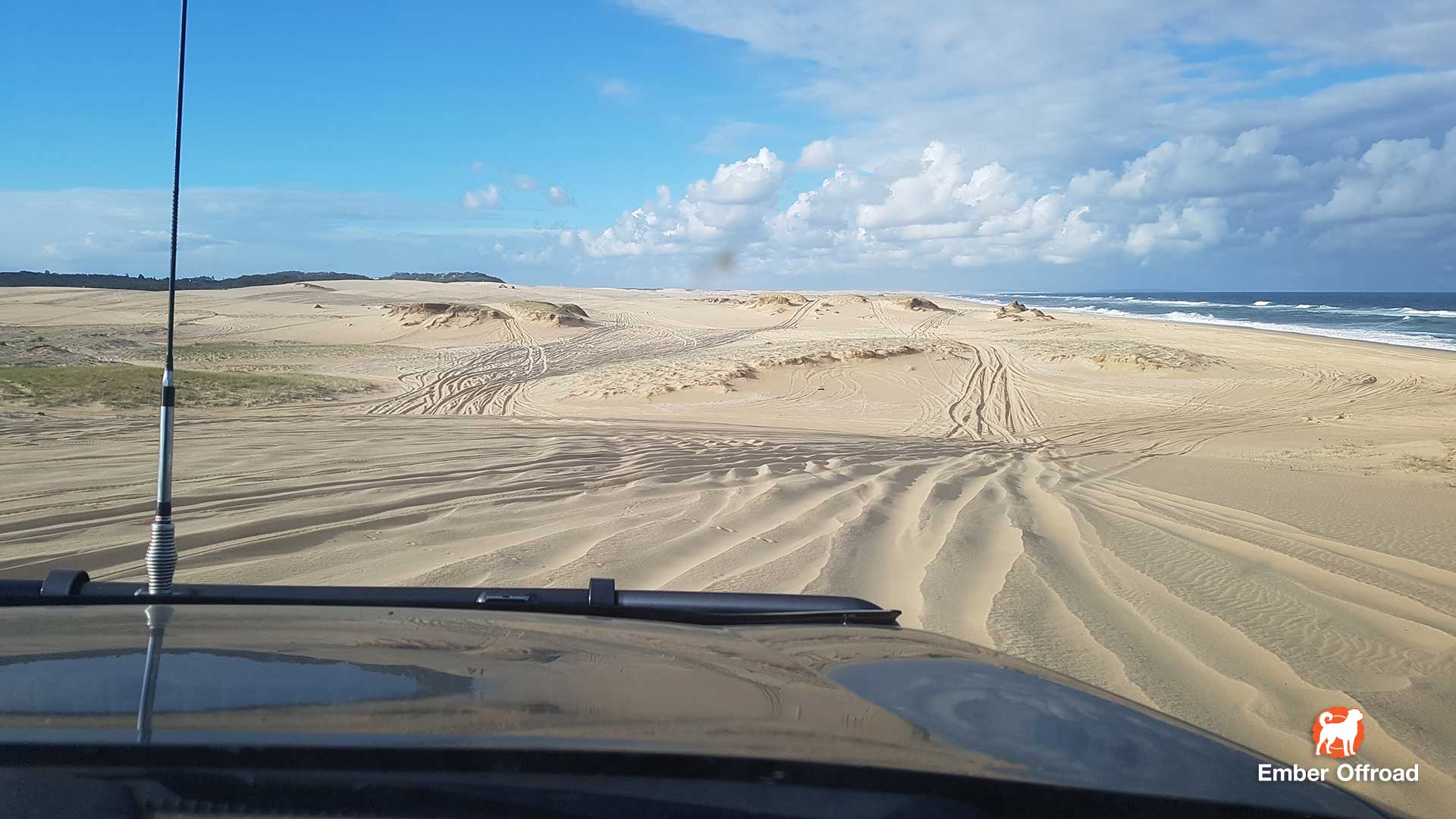
Above: Plenty of opportunity to get stuck here. (I only had to snatch out two people on the day, which is pretty good)
5) Ease of use, skill, and fatigue
One of the reasons I have always driven a manual is that, personally, I find driving an automatic boring; to me, it’s like my hands are resting on the steering wheel, and I’m just staring ahead into space doing nothing, trying to resist nodding off.
On the flip side, off-roading in a manual can be real work. If you get onto a long, technical trail, that requires lots of finesse, it can be bloody exhausting, in fact. Off-roading in a manual is not like changing gears on the highway where it all happens by muscle memory in a heartbeat. When you’ve got to balance the clutch, the throttle, and maintain your driving line all at 100% focus for 30 minutes, an hour, or longer, it can get physically and mentally draining.
Technical off-roading in a manual is a learned skill, and it’s work. And some people, quite reasonably, simply don’t want to spend their recreational time doing this. If that’s your preference, an automatic can make for a bit less energy spent on the actual driving, and more time enjoying the trip. More enjoyment to you, if that’s your choice.
An automatic can also make getting into four-wheel-driving more accessible for newer drivers.
So, which to get?
Above are some facts, but at the end of the day, there is no “correct” answer on which transmission is better for off-roading. Your skill level, preferences, and off-road plans are every bit as important as any of the points above.
I drive a manual, and always will. If someone asks for my opinion and why, I can give them a list of benefits, but at the end of the day, if they hate driving one, it’s not the right option for them.
So, if you’re in the market for a new 4WD, don’t decide which transmission is best; Consider what kind of off-roading you want to do, your skill level and enjoyment of driving styles, and decide what’s best for you.
Read section again:
Durability.
Control
Downhill
Uphill
Consistency
Loose surfaces
Skill vs comfort
# Automatic vs manual four-wheel drives, manual or automatic for driving on rocks, sand, mud, and snow.

